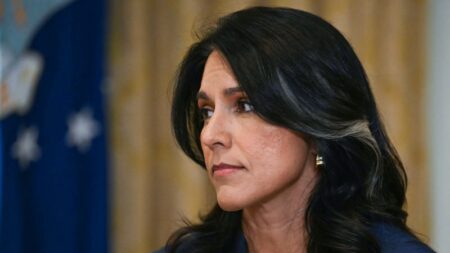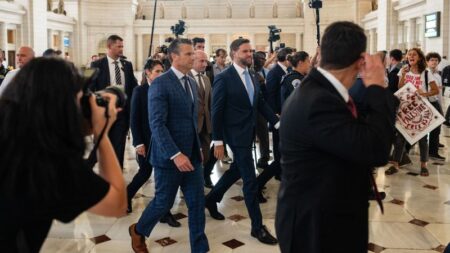The recent developments concerning the Income-Based Repayment (IBR) plans have raised concerns among student loan borrowers in the United States. The U.S. Department of Education has decided to temporarily pause the cancellation of student loans under these plans. Borrowers are now left wondering about the timeline of their loan forgiveness, a prospect that seemed more tangible prior to this announcement.
Earlier this month, the Department of Education made a formal announcement via an FAQ section on its Federal Student Aid website, indicating the need to address a federal court order that has implications for income-driven repayment plans. This unexpected halt in forgiveness has emerged as a significant issue for many individuals relying on the IBR program. The notice specified that the IBR plan’s forgiveness would be paused while the Department updated its systems to ensure accurate counting of months that are deemed unaffected by the court’s decision. The agency reassured that forgiveness would resume once these updates are finalized.
In addition to IBR loans, the Department also noted that forgiveness under other income-driven repayment plans would be temporarily stalled. However, the good news for current borrowers is that processing for the IBR Plan, which was separately enacted by Congress, is expected to continue, albeit eventually. The Department’s decision to pause the program aligns with the broader changes that are currently shaking the foundations of the nation’s student loan structure.
The implications of this pause are quite pronounced, especially since millions of borrowers, particularly those benefiting from the Saving on a Valuable Education (SAVE) plans, are starting to see interest accrue on their loans come August 1. The SAVE plan is a product of the Biden administration’s income-driven repayment initiative but has faced legal challenges, even as the moratorium on payments remains in effect. Moreover, previous adjustments made by former President Donald Trump to student loan policies could signal a shift in future regulations surrounding repayment plans and borrowing norms.
Within the IBR framework, approximately two million borrowers can expect loan forgiveness after fulfilling payment criteria over 20 or 25 years, depending on their loan initiation dates. Nevertheless, these borrowers face mounting challenges regarding the calculation of their payment progress towards eventual forgiveness.
The Biden administration had earlier implemented significant reforms in the IBR loan forgiveness program. These reforms included counting months where repayments were deferred or paused due to economic hardships or other circumstances as valid payments toward the forgiveness requirement. However, the federal court order has upset this regulatory balance, impacting the newly expanded definitions of deferments and forbearances that now play a role in the forgiveness process.
Many borrowers are now cultivating apprehensions about the pace at which the Trump administration may facilitate loan discharges, considering its history of resistance toward student loan forgiveness initiatives. Until the Department of Education confirms that borrowers meet the necessary criteria, they remain obligated to continue repaying their loans.
Ellen Keast, the deputy press secretary for the Department of Education, assured that “legal IBR discharges will resume as soon as the Department is able to establish the correct payment count.” She also specified that borrowers making payments post-eligibility would have their overpayments refunded once discharges recommence. Despite the department’s lack of clarity regarding the timeline for the resumption of these forgiveness measures, Scott Buchanan, the executive director of the Student Loan Servicing Alliance, expressed optimism that the pause might not persist for an extended period.
However, another pressing concern for eligible borrowers arises from a forthcoming tax change. Cancellations made post-January 1 are expected to be classified as taxable income, as the provision implemented during the Biden era, which shielded loan cancellations from taxation, is on course to expire. This lack of protection poses real financial hazards for borrowers who could ultimately face unintended tax bills because of the delayed forgiveness.
Lastly, the Department of Education is grappling with a considerable backlog, comprising approximately 1.5 million applications from borrowers eager to transition into different income-driven repayment plans. The agency’s ability to manage this workload effectively could have long-lasting ramifications on its operational efficiency vis-à-vis the processing of loan forgiveness claims and overall borrower support.











